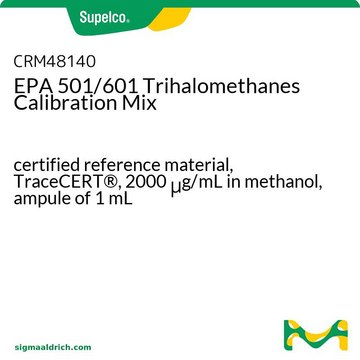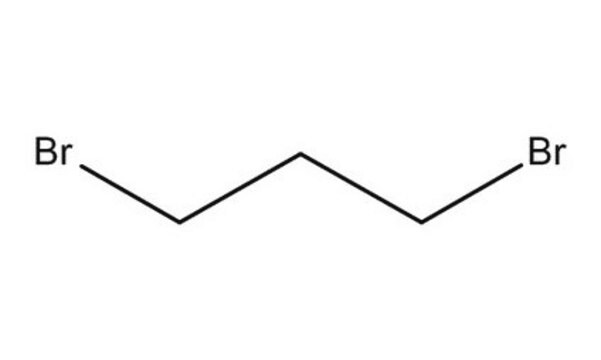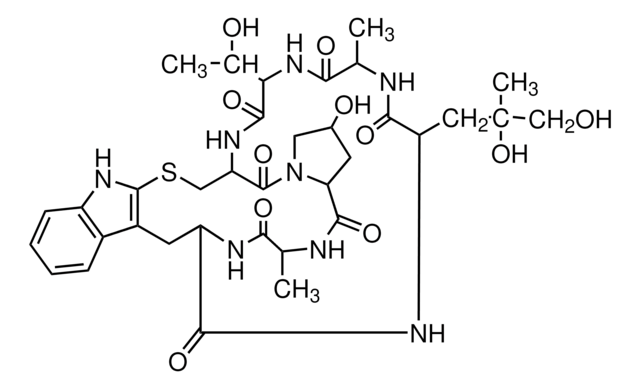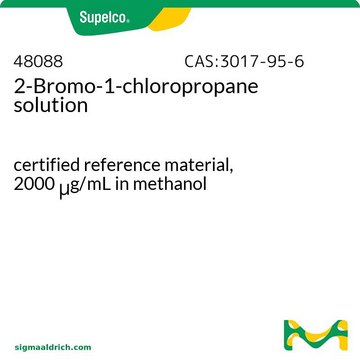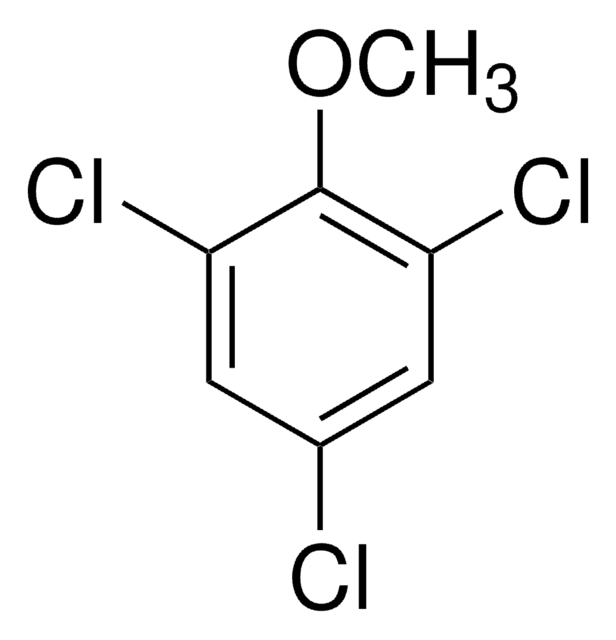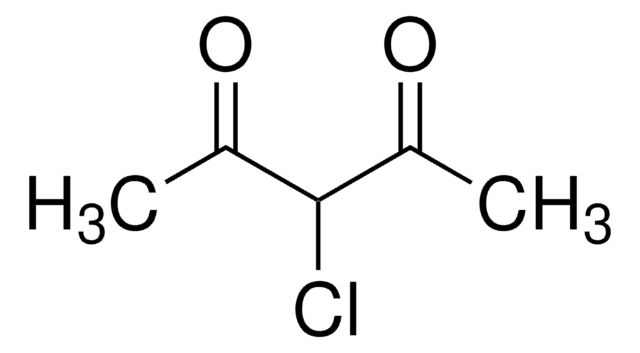140961
1,2-Dibromopropane
97%
Sinonimo/i:
Propylene dibromide
About This Item
Prodotti consigliati
Saggio
97%
Forma fisica
liquid
Indice di rifrazione
n20/D 1.519 (lit.)
P. eboll.
140-142 °C (lit.)
Punto di fusione
−55 °C (lit.)
Solubilità
organic solvents: miscible
water: slightly soluble
Densità
1.937 g/mL at 25 °C (lit.)
Stringa SMILE
CC(Br)CBr
InChI
1S/C3H6Br2/c1-3(5)2-4/h3H,2H2,1H3
XFNJYAKDBJUJAJ-UHFFFAOYSA-N
Cerchi prodotti simili? Visita Guida al confronto tra prodotti
Applicazioni
Azioni biochim/fisiol
Avvertenze
Warning
Indicazioni di pericolo
Classi di pericolo
Acute Tox. 4 Inhalation - Acute Tox. 4 Oral - Aquatic Chronic 2 - Eye Irrit. 2 - Flam. Liq. 3 - Skin Irrit. 2
Codice della classe di stoccaggio
3 - Flammable liquids
Classe di pericolosità dell'acqua (WGK)
WGK 3
Punto d’infiammabilità (°F)
122.0 °F - closed cup
Punto d’infiammabilità (°C)
50 °C - closed cup
Dispositivi di protezione individuale
Eyeshields, Faceshields, Gloves, type ABEK (EN14387) respirator filter
Certificati d'analisi (COA)
Cerca il Certificati d'analisi (COA) digitando il numero di lotto/batch corrispondente. I numeri di lotto o di batch sono stampati sull'etichetta dei prodotti dopo la parola ‘Lotto’ o ‘Batch’.
Possiedi già questo prodotto?
I documenti relativi ai prodotti acquistati recentemente sono disponibili nell’Archivio dei documenti.
I clienti hanno visto anche
Il team dei nostri ricercatori vanta grande esperienza in tutte le aree della ricerca quali Life Science, scienza dei materiali, sintesi chimica, cromatografia, discipline analitiche, ecc..
Contatta l'Assistenza Tecnica.
